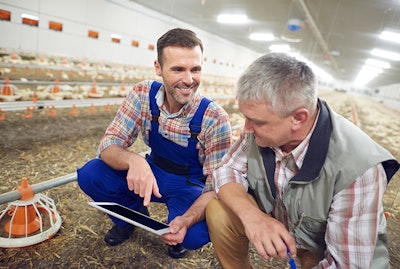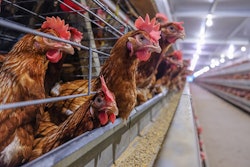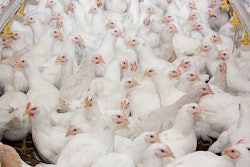
Most poultry producers don’t realize how easy it is to take advantage of the federal Research and Development Tax Credit, a former United States Department of Agriculture (USDA) secretary said.
“This is a credit that helps keep jobs and encourages investment in the U.S.,” Mike Johanns, now the alliantgroup Vice Chairman of Agriculture, said March 31 during a webinar sponsored by the company. “It’s a dollar for dollar tax credit on your tax liability.”
To qualify for the tax credit, companies must be involved in the experimentation of alternative solutions or approaches that require systematic trial and error. The experimentation should be technical in nature, involving biology, chemistry, computer science, engineering, physics or some other kind of science.
Common misconception
Many producers are hesitant to file for the Research and Development Tax Credit because they believe it applies only to work conducted in the laboratory, but that’s untrue, Johanns explained.
“The straightforward work poultry producers are doing at their operations, such as proving feed rationing, experimenting with cage-free eggs, research into the genetics of a flock or the ways to improve the environmental conditions of their flock and more are the sort of things that can qualify for the credit,” he said.
Potential expenses that can be applied include the wages of anyone participating in innovation, the wages of their supervisors, any supplies involved, lab testing and the use of any contractors who assist with the research and help drive value.
A history of the tax credit
“This credit actually dates back to Ronald Reagan. At the time, Japan was flooding the US market with automobiles, making Regan say that we’re getting beat on technology and we need to find a way to keep our technology right here in the U.S.,” Johanns said.
“It has had such a positive impact on rural America because it provides an incentive for those jobs to be present in more rural communities and small towns. So it's just really been a win-win situation, viewed by Congress as a great opportunity for the country.”
Like what you just read? Sign up now for free to receive the Poultry Future Newsletter.


















